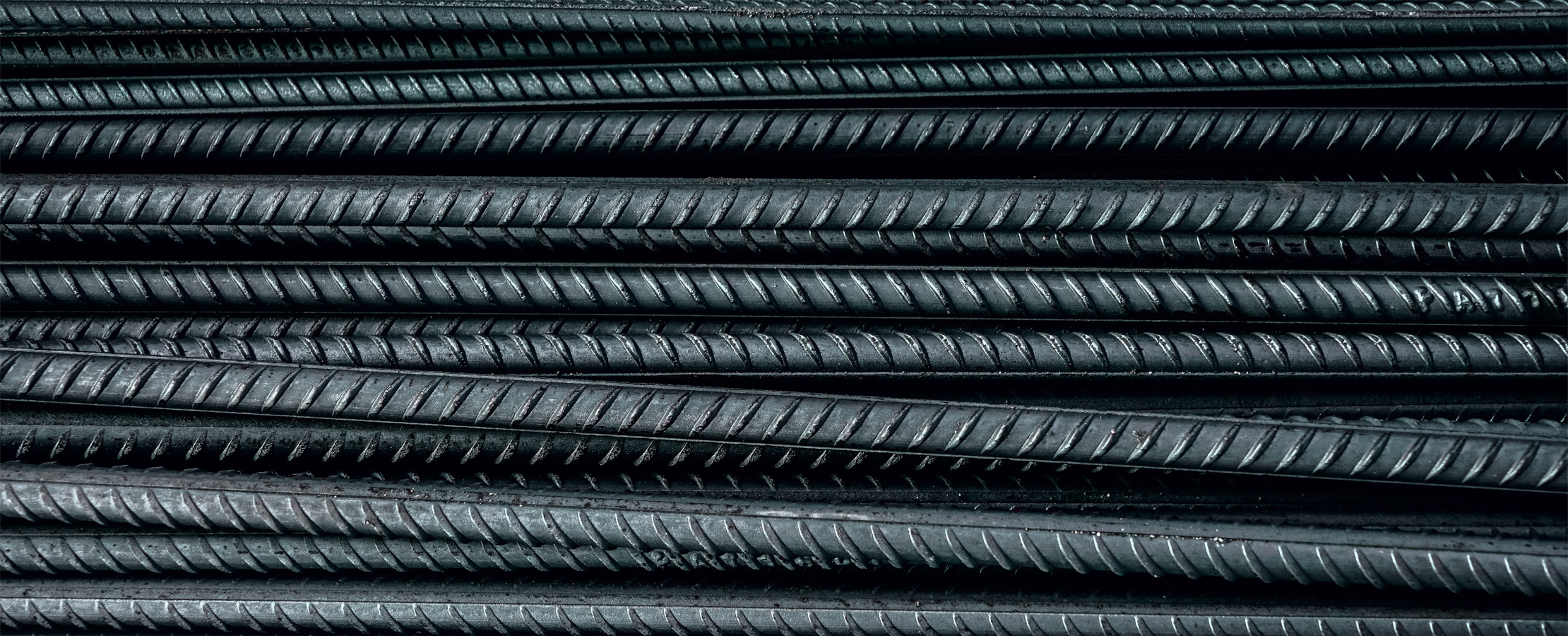Cutting the Carbon Intensity of Steel Using Hydrogen and Renewables
Whilst there are challenges to scale and efficiency, low-carbon steel production is poised to play a crucial role in the transition to a low-carbon economy.
Steel is a vital component in construction, transportation, and manufacturing. Producing it is a highly carbon-intensive process. Experts see production grow by 33% by 2050, so there is a need to decarbonize the industry.
Why lowering the carbon output of steel production matters
The traditional method of producing steel involves smelting coking coal and iron ore in large blast furnaces. It's a process that emits large quantities of greenhouse gases. According to 2020 figures from the World Steel Association, producing one ton of steel results in the release of nearly 1.9 tons of carbon dioxide (CO2). The industry as a whole is responsible for roughly 7% of global greenhouse gas emissions and 11% of global CO2 emissions.
As the world moves towards net- zero emissions by 2050, the steel industry must also evolve to reduce its environmental impact.
Developing low-carbon steel processes
Innovation in low-carbon steel production is essential to drive the decarbonization of the industry. One of the most promising emerging techniques is hydrogen-based direct reduction. This process involves using hydrogen gas (H2) to reduce iron ore to iron, which is then used to make steel. Unlike traditional steel production, hydrogen-based direct reduction emits only water vapor.
Companies worldwide are planning hydrogen-powered steel plants, including H2GreenSteel in Spain and potentially Brazil, AcelorMittal in Spain, Germany, and Canada, and GravitHy in France.
Electric arc furnaces can also produce low-carbon steel, but they only work with scrap metal or steel pellets, which have already emitted CO2 in their production. To truly reduce carbon intensity, the steel pellets used must be produced using low-carbon hydrogen. AcelorMittal is among the companies integrating this technology into their steel production.

Overcoming the barriers to low-carbon steel production
High energy prices currently make investing in new industry infrastructure difficult. Replacing existing basic oxygen blast furnaces with newer technology is expensive. In places like China where the coal-fired steel industry is relatively young, that makes it cost-prohibitive to move to hydrogen power.
The cost of producing carbon-neutral hydrogen from water electrolysis is double that of hydrogen produced by steam methane reforming, which currently forms the bulk of the world’s hydrogen production, though the price is forecast to halve over the next decade.
The availability of renewable energy sources can also pose challenges and add costs when using hydrogen produced through renewably sourced energy. McKinsey estimates that renewable electricity prices need to fall below a threshold of approximately €0.027/kWh, from an average of €0.063/kWh in 2021, to produce renewable hydrogen cost-effectively.
Refurbishing, developing, and scaling up the technologies require investment, and government policies and incentives can help to create a favorable environment for low-carbon steel production. For example, they EU Carbon Border Adjustment Mechanism may encourage investment in European -produced low-carbon steel as it will become more expensive for European companies to import carbon-intensive steel from other parts of the world.
The low-emissions steel industry of the future
While low-carbon steel production presents significant opportunities, it is typically more expensive than traditional steel production. It can, however, drive not only environmental but social benefits. Incentivizing existing steel makers to switch to low-carbon steel production could, for example, protect and create jobs in industrial heartlands.
Governments, businesses, and investors must work together to develop and scale up emerging technologies and create a favorable environment for low-carbon steel. Investment in production processes will be essential if the industry is to transition to a more sustainable, low-carbon economy.







